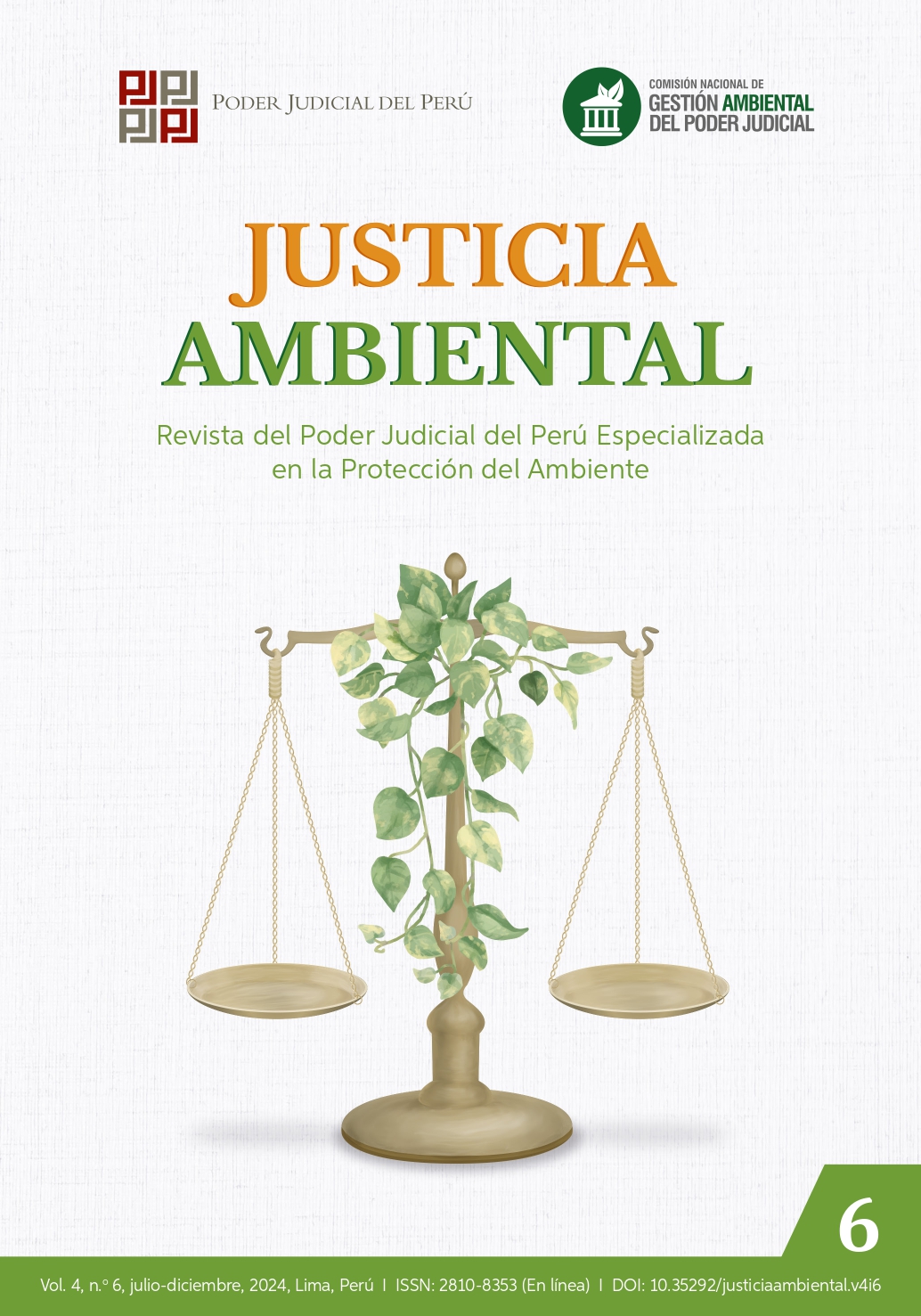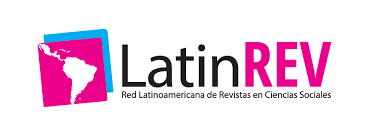A call for the remediation of Peru’s history: mining environmental liabilities
Abstract
Centuries of mining activity and vast mineralogical resources have positioned Peru as one of the most important centres of the extractive industry worldwide. The article introduces the reader to the importance of this activity for past Peruvian civilisations, as well as the cause and effect correlation between years of mining activity and the environmental contamination generated by mining environmental liabilities. The identification and characterisation of former abandoned or inactive mining units at the national level is crucial to understand one of the reasons contributing to the country’s current environmental problems. The need to prioritise the remediation of mining environmental liabilities, as well as the updating of current regulations and the promotion of voluntary remediation are tasks that the State must address as effectively as possible.
Downloads
Métricas alternativas
References
Attwood, J. (2023, 26 de septiembre). Perú busca mantener estatus de segundo mayor productor de cobre controlando disturbios. Bloomberg Línea. https://www.bloomberglinea.com/2023/09/27/peru-busca-man tener-estatus-de-segundo-mayor-productor-de-cobre-controlando-disturbios/
Basadre, J. (1974). Derecho minero peruano. Imprenta Villanueva.
Basadre, J. (1983). Historia de la República del Perú (t. VII). Editorial Universitaria.
Cardich, A. (2003). Hacia una prehistoria de Sudamérica. Culturas tempranas de los Andes Centrales y Patagonia. EDUP.
Consejo Internacional de Minería y Minerales. (2009). Perú: Taller de Cierre de Minas.
Defensoría del Pueblo. (2015). Reporte de conflictos sociales N.° 138. Lima: Autor. Recuperado de https://www.defensoria.gob.peElhuyar, F. (1880). Indagaciones sobre la amonedación en Nueva España. El Minero Mexicano.
Elías, J. (2013). El dibujo del altar mayor del Coricancha de don Joan Santa Cruz Pachacuti. Revista Arte y Diseño, (2), 14-18. https://revistas.pucp.edu.pe/index.php/ayd/article/view/19664
History Latinoamérica. (2023, 22 de julio). El rescate de Atahualpa – Inexplicable Latinoamérica [Video]. YouTube. https://www.youtube.com/watch?v=he9I3n8K0UU&t=189s
Lohmann, G. (1999). Las minas de Huancavelica en los siglos xvi y xvii(2.a ed.). Pontificia Universidad Católica del Perú.Ministerio de Energía y Minas. (2023). Anuario Minero 2022. https://cdn.www.gob.pe/uploads/document/file/4700376/2022.pdf
Oblasser, A. (2016). Estudio sobre lineamientos, incentivos y regulación para el manejo de los Pasivos Ambientales Mineros (PAM), incluyendo cierre de faenas mineras: Bolivia (Estado Plurinacional de), Chile, Colombia y el Perú. Cepal.
Observatorio de Conflictos Mineros en el Perú. (2023). Conflictos sociales y cumplimiento de acuerdos en Perú: desafíos y oportunidades. https://minsus.net/conflictos-sociales-y-cumplimiento-de-acuerdos-en-peru-desafios-y-oportunidades/
Pozzi-Escot, D. (1982). Excavaciones en Qonchopata. Gaceta Arqueológica Andina, 1(4-5), 9.
Prieto, C. (1968). La minería en el Nuevo Mundo. Ediciones de la Revista de Occidente.
Raimondi, A. (1929). El Perú. Itinerarios de viaje. Banco Italiano de Lima.
Regal, A. (1946). Las minas incaicas. Revista de la Universidad Católica, 14(1), 43-85. https://repositorio.pucp.edu.pe/index/handle/123456789/53553
Renner, S. (2004). La cooperación técnica entre Chile y Alemania en el sector minero. Sernageomin.
Rivet. P. (1943/2016). Los orígenes del hombre americano. Fondo de Cultura Económica.
Samamé, M. (1983). Historia de la minería peruana – 3a. parte. Instituto Geológico, Minero y Metalúrgico, (179), 31-37. https://repositorio.ingemmet.gob.pe/handle/20.500.12544/4435
Samamé, M. (1992). El Perú minero: empresas (t. IX). INCITEMI.
Sánchez-Albornoz, N. (1988). La mita de Lima. Magnitud y procedencia. Histórica, XII(2), 193-210. https://doi.org/10.18800/historica.1988 02.005
Servicio Nacional de Geología y Minería. (2019). Investigación de faenas abandonadas. https://www.sernageomin.cl/investigacion-de-faenas-aba ndonadas/
Unger, C. (2012). Sustainable mining practices: A global perspective. CRC Press.
Unger, C., Lechner, A., Glenn, V. y Edraki, M. (2004). Mapping and prioritising rehabilitation of abandoned mines in Australia. En Life of Mine Conference (AusIMM) (pp. 259-262). The Australian Institute of Mining and Metallurgy.
Valcárcel, L. E. (2015). Historia del antiguo Perú (2.a ed.). Petroperú.
Vela, T. (2019, 22 de enero). El Código de Minería de 1901, culmen del liberalismo minero en el Perú. LinkedIn. https://www.linkedin.com/pulse/el-c%C3%B3digo-de-miner%C3%ADa-1901-culmen-del-liberalismo-en-vela-arrieta
Copyright (c) 2024 Susan Rosales Suárez

This work is licensed under a Creative Commons Attribution 4.0 International License.











